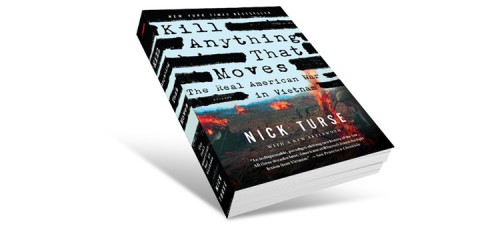
Terrorist Groups Have Doubled Since the Passage of the 2001 AUMF
Nick Turse
It began more than two decades ago. On September 20, 2001, President George W. Bush declared a “war on terror” and told a joint session of Congress (and the American people) that “the course of this conflict is not known, yet its outcome is certain.” If he meant a 20-year slide to defeat in Afghanistan, a proliferation of militant groups across the Greater Middle East and Africa, and a never-ending, world-spanning war that, at a minimum, has killed about 300 times the number of people murdered in America on 9/11, then give him credit. He was absolutely right.
Days earlier, Congress had authorized Bush “to use all necessary and appropriate force against those nations, organizations, or persons he determine[d] planned, authorized, committed, or aided the terrorist attacks that occurred on September 11, 2001 or harbored such organizations or persons.” By then, it was already evident, as Bush said in his address, that al-Qaeda was responsible for the attacks. But it was equally clear that he had no intention of conducting a limited campaign. “Our war on terror begins with al-Qaeda, but it does not end there,” he announced. “It will not end until every terrorist group of global reach has been found, stopped, and defeated.”
